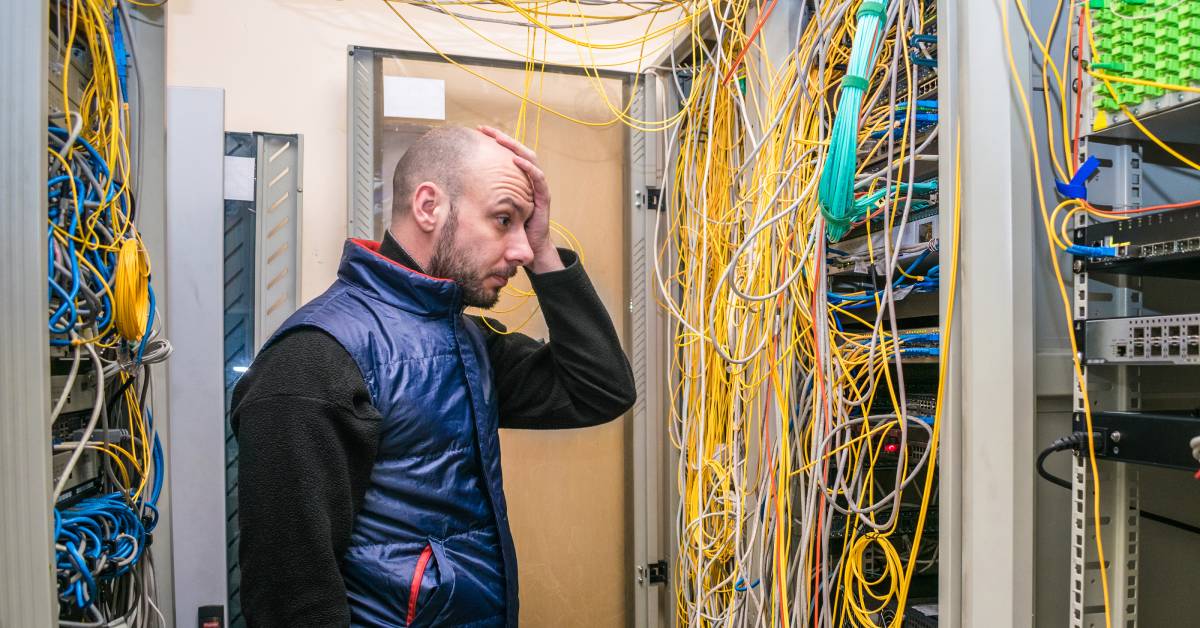
Managing a high density of cables is essential to maintaining an efficient and reliable data center. Explore the best ways to manage a high density of cables effectively, ensuring optimal performance and safety.
Identify Cable Types
Before implementing any cable management system, it’s important to identify the types of cables in use. This includes power cables, copper cables, and fiber optic cables, which all have their own unique requirements. Understanding these differences is the first step in creating an effective cable management strategy.
Plan Your Cable Management System
Effective cable management requires a well-thought-out plan. This involves mapping out the layout of your data center and racks and identifying the optimal paths for cable routing. Consider the placement of devices, power sources, and any potential obstacles that could impact cable management.
Planning also involves determining the appropriate cable lengths and quantities needed. Overly long cables can lead to unnecessary clutter, while short cables might not reach their intended destinations. Ensuring you have the right length and quantity of cables is critical for maintaining a tidy and functional workspace.
Choose the Right Tools and Accessories
Several tools and accessories can help manage a high density of cables. Cable ties, cable trays, and cable management server racks are just some of the available products designed to keep cables secure and organized. Selecting the right tools for your specific needs is essential for effective cable management.
Label Cables for Easy Identification
Labeling cables is a simple yet highly effective method for managing a high density of cables. By clearly labeling each cable, you can quickly identify its purpose and destination, reducing the time spent on maintenance and troubleshooting. This is particularly important in environments with a large number of cables, such as data centers, where identifying a specific cable can be challenging if there are not adequate labeling measures in place.
Implement Regular Maintenance
Regular maintenance is key to ensuring the long-term effectiveness of your cable management system. During maintenance, it’s important to inspect all cable connections to ensure they are secure and functioning properly. Additionally, checking for any signs of wear and tear can help prevent potential issues before they become serious problems. By implementing regular maintenance, you can ensure that your cable management system remains effective and efficient.
Properly managing a high density of cables is essential for maintaining a safe and efficient data center. Now that you know the best ways to manage a high density of cables, you can create an organized and functional environment.
